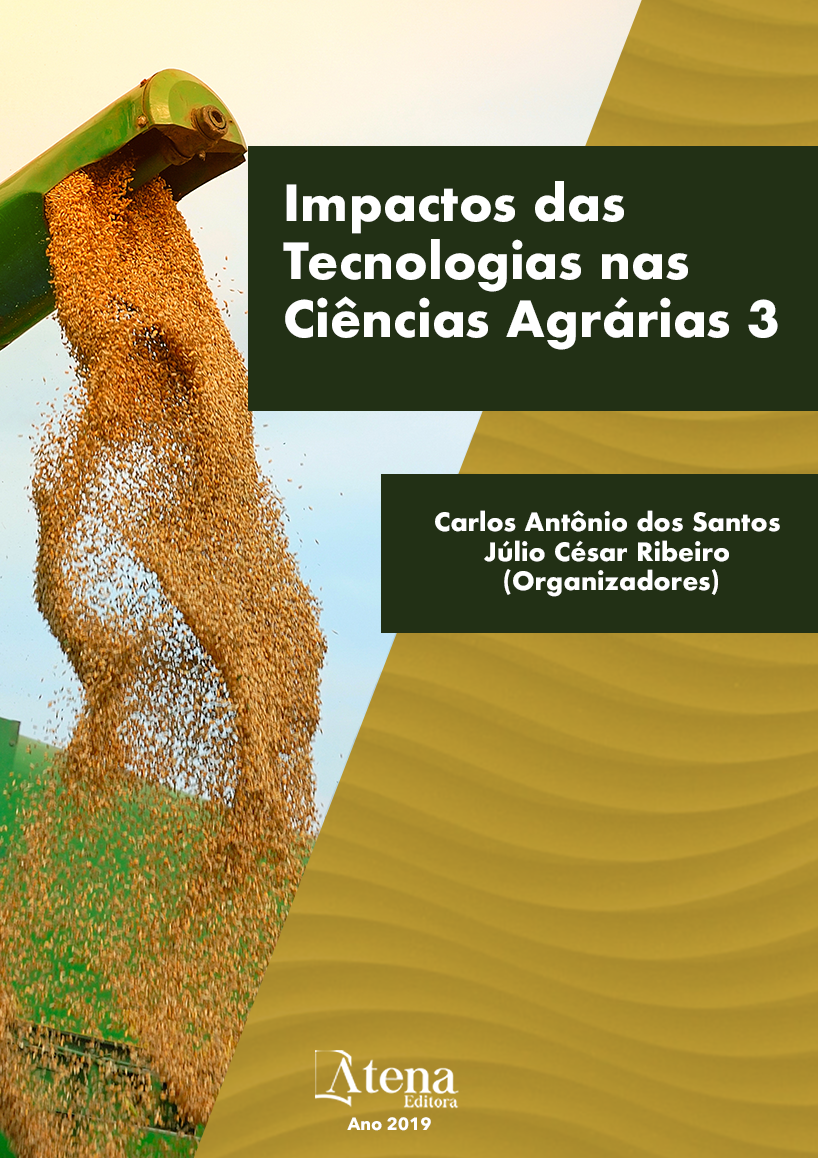
Produtividade do milho safrinha em sistemas integrados de produção agropecuária
Os sistemas integrados de produção
agropecuária consistem na integração das
atividades agrícola, pecuária e florestal em
rotação, consórcio ou sucessão, possibilitando a
diversificação da produção agrícola. Entretanto,
interações nulas, sinérgicas ou competitivas
entre as espécies que compõem os sistemas têm
sido observadas. Neste contexto, objetivou-se
avaliar a produtividade do milho safrinha em dois
diferentes sistemas de ILPF e em um sistema
de ILP. O estudo foi realizado em uma área
no município de Jaboticabal, SP (21º13’56”S,
48º17’19”O). O solo da área foi classificado como
Latossolo Vermelho distrófico. Os tratamentos
constituíram-se em: Sistema ILPF1, que teve
o componente florestal formado por mudas
do clone urograndis I144; Sistema ILPF2, que
teve o componente florestal formado por mudas
da espécie Corymbia citriodora; Sistema ILP,
constituído somente do componente agrícola.
Na área entre renques foi monitorada a
tensão de água do solo durante parte do ciclo
do milho e posteriormente foi determinada
a produtividade da cultura. Os valores de
produtividade evidenciaram o efeito negativo
que o sombreamento excessivo e a competição
por água exercem sobre a cultura do milho
na área entre renques, independentemente
do sistema ILPF. Porém, o sistema ILPF 2
apresentou melhor produtividade que o sistema
ILPF 1. A produtividade do milho no sistema
ILPF foi menor do que aquela no sistema ILP
devido ao sombreamento e menor umidade no
solo proporcionados pelo componente florestal
nos sistemas ILPF.
Produtividade do milho safrinha em sistemas integrados de produção agropecuária
-
DOI: 10.22533/at.ed.6141930096
-
Palavras-chave: ILP, ILPF, Eucalipto, Água do solo, Competição.
-
Keywords: ICL, ICLF, Eucalyptus, Soil water, Competition
-
Abstract:
Integrated agricultural production systems consist of the integration
of agricultural, livestock and forestry activities in rotation, consortium or succession,
making possible the diversification of agricultural production. However, null, synergistic
or competitive interactions among the species that compose the systems have been
observed. In this context, the objective of this study was to evaluate the yield of maize
in two different systems of ICLF and in an ICL system. The study was carried out in an
area in the municipality of Jaboticabal, SP (21º13'56 "S, 48º17'19" O). The soil in the
area was classified as Dystrophic Red Latosol. The treatments consisted of: ICLF1
system, which had the forest component formed by seedlings of the clone urograndis
I144; ICLF2 system, which had the forest component formed by seedlings of the specie
Corymbia citriodora; ICL system, consisting only of the agricultural component. In the
area between trees the soil water tension was monitored during part of the corn cycle and
the crop productivity was subsequently determined. The productivity values evidenced
the negative effect that excessive shading and competition for water causes on the
maize crop in the area between trees, independently of the ICLF system. However, the
ICLF 2 system presented better productivity than the ICLF 1 system. Maize productivity
in the ICLF system was lower than that in the ICL system due to shading and lower soil
moisture provided by the forest component in the ICLF systems.
-
Número de páginas: 15
- Vinicius Marchioro
- Hugo Miranda Faria
- Almir Salvador Neto
- Henildo de Sousa Pereira
- Daniel Dalvan do Nascimento
- Fernando Oliveira Franco
- José Eduardo Corá


